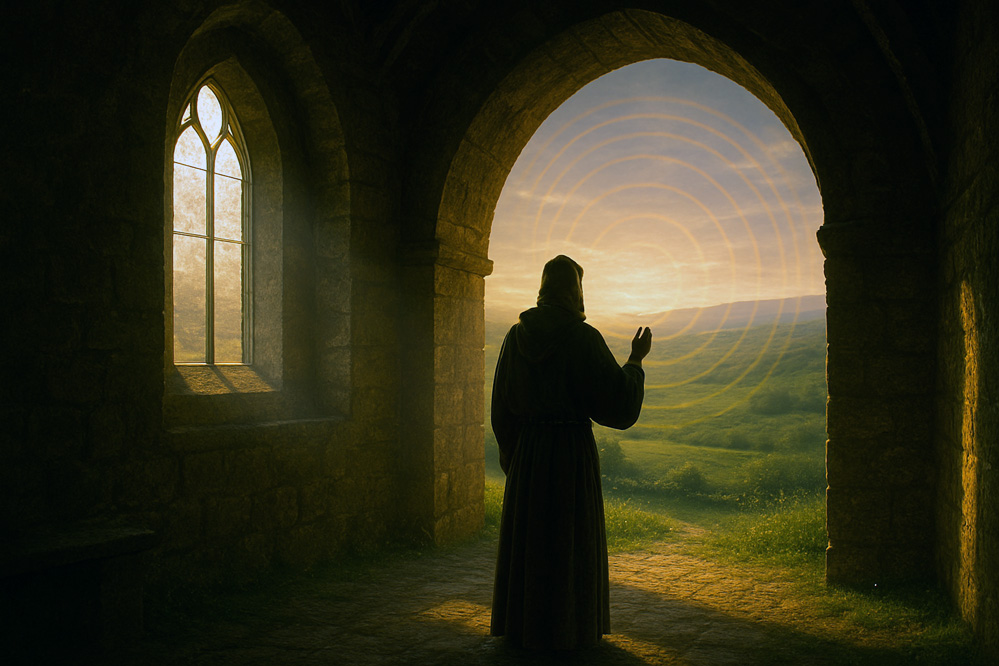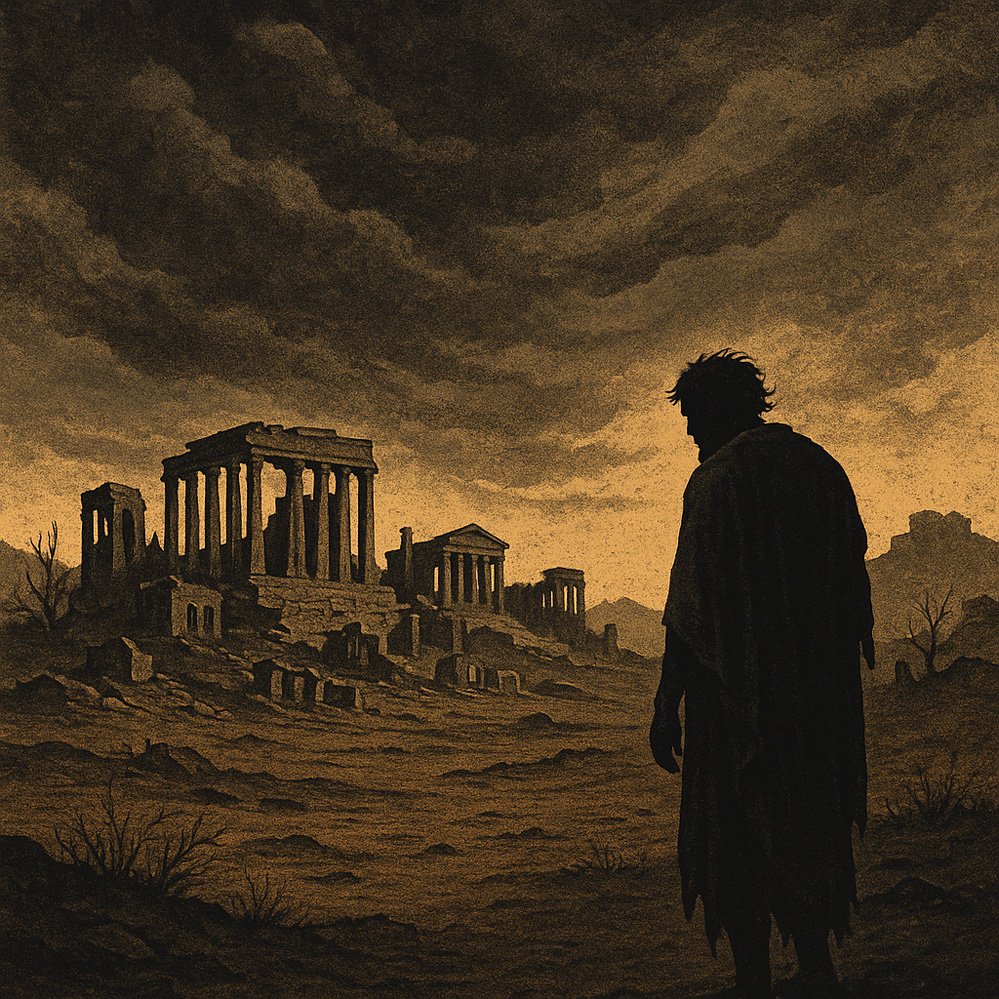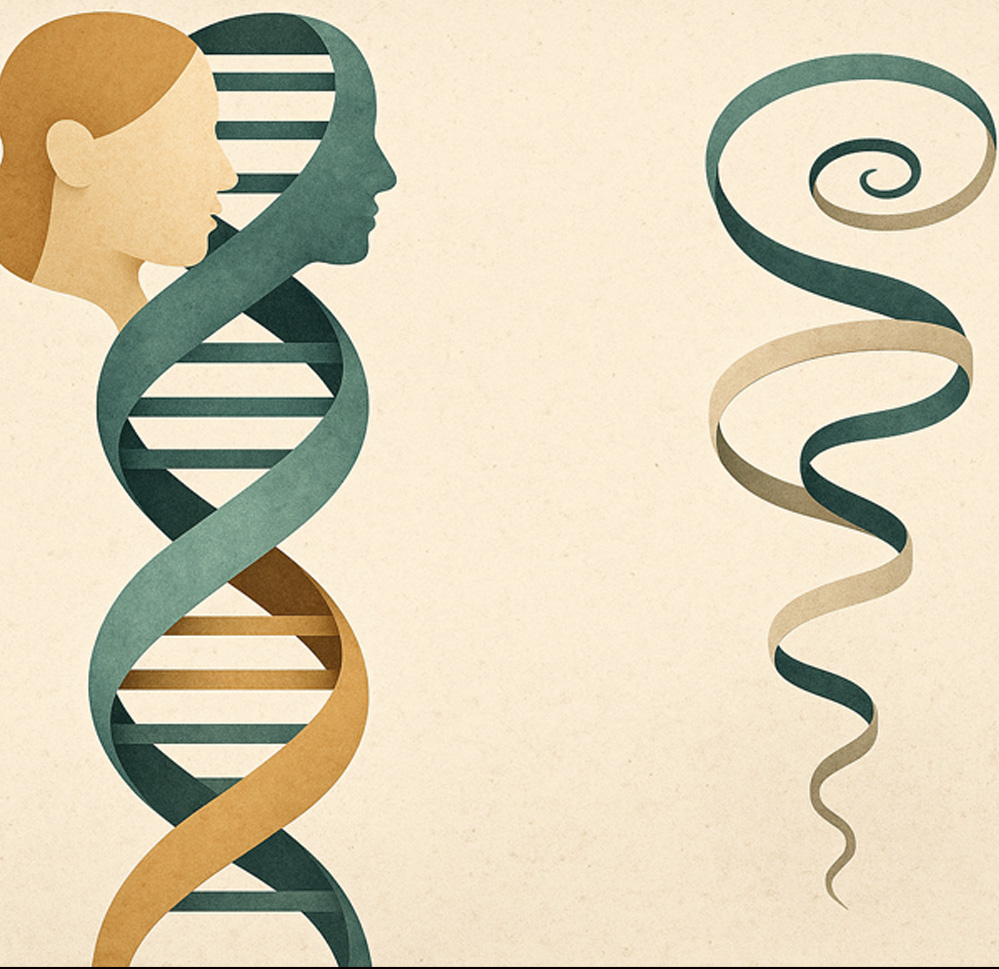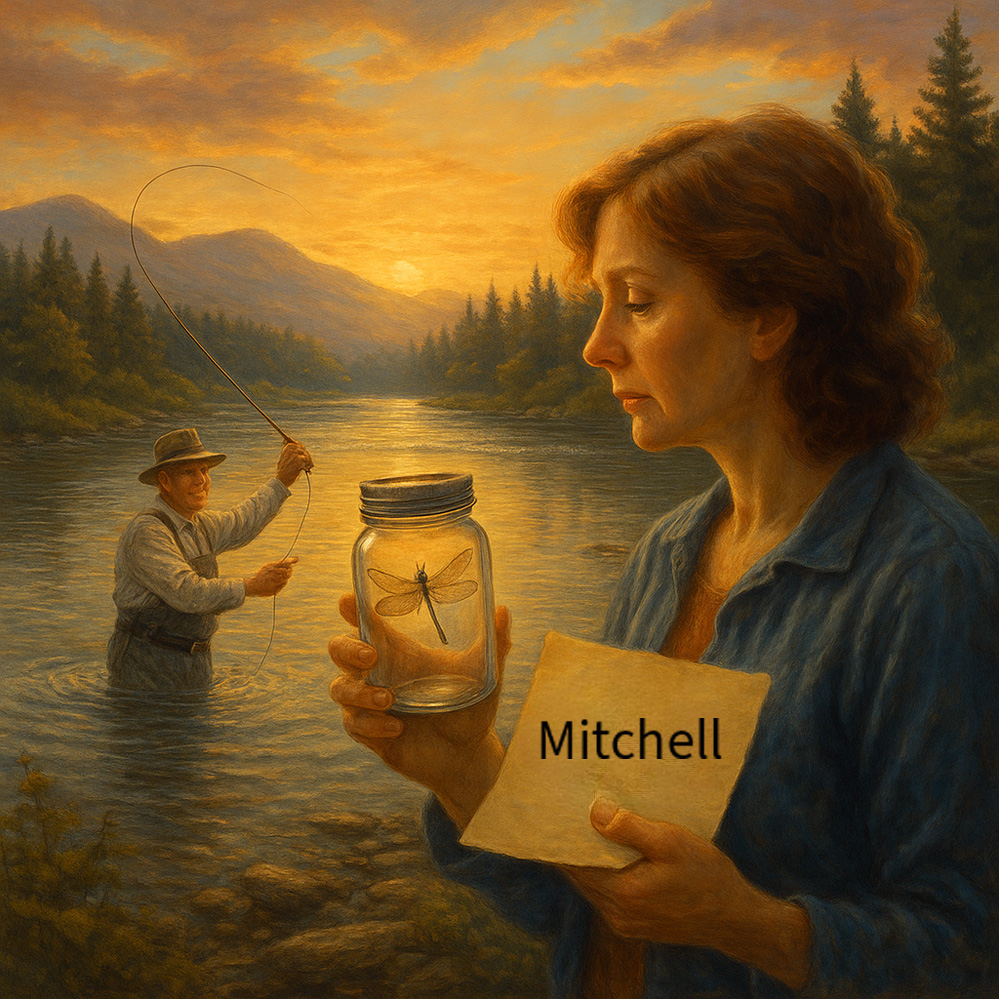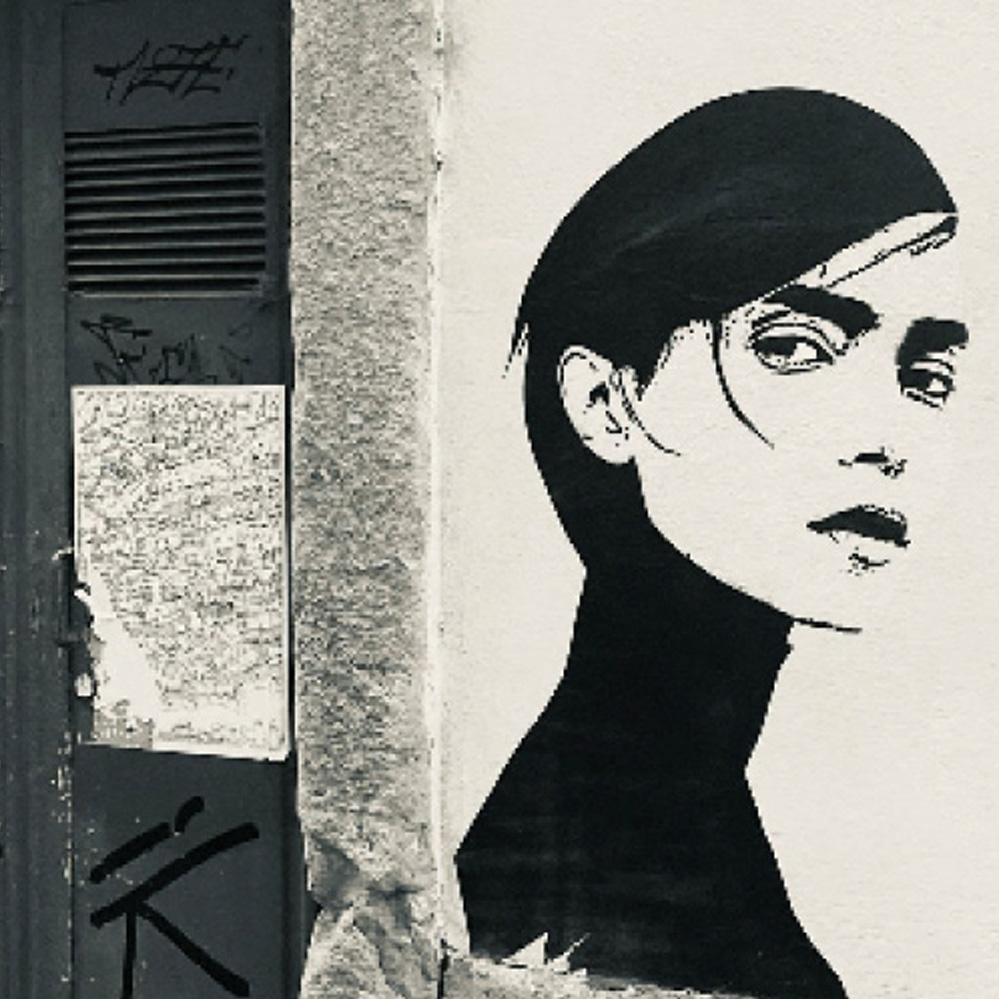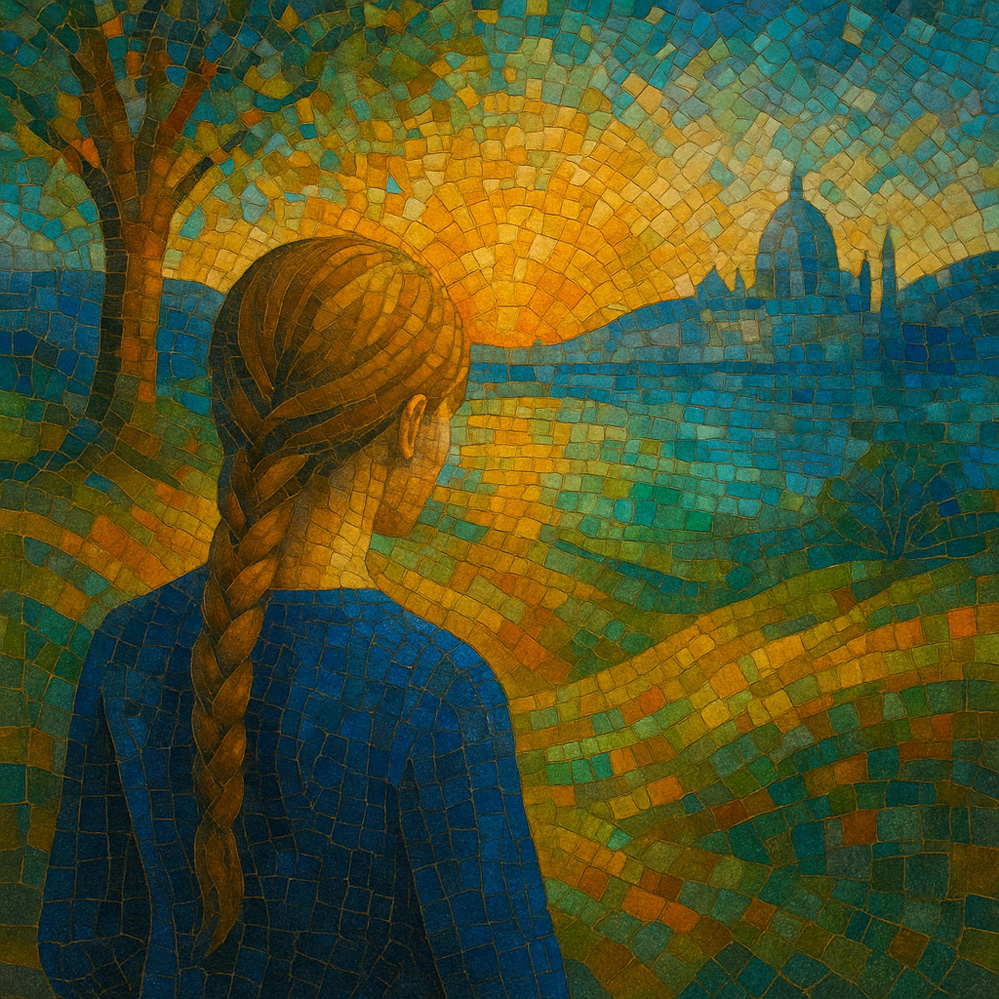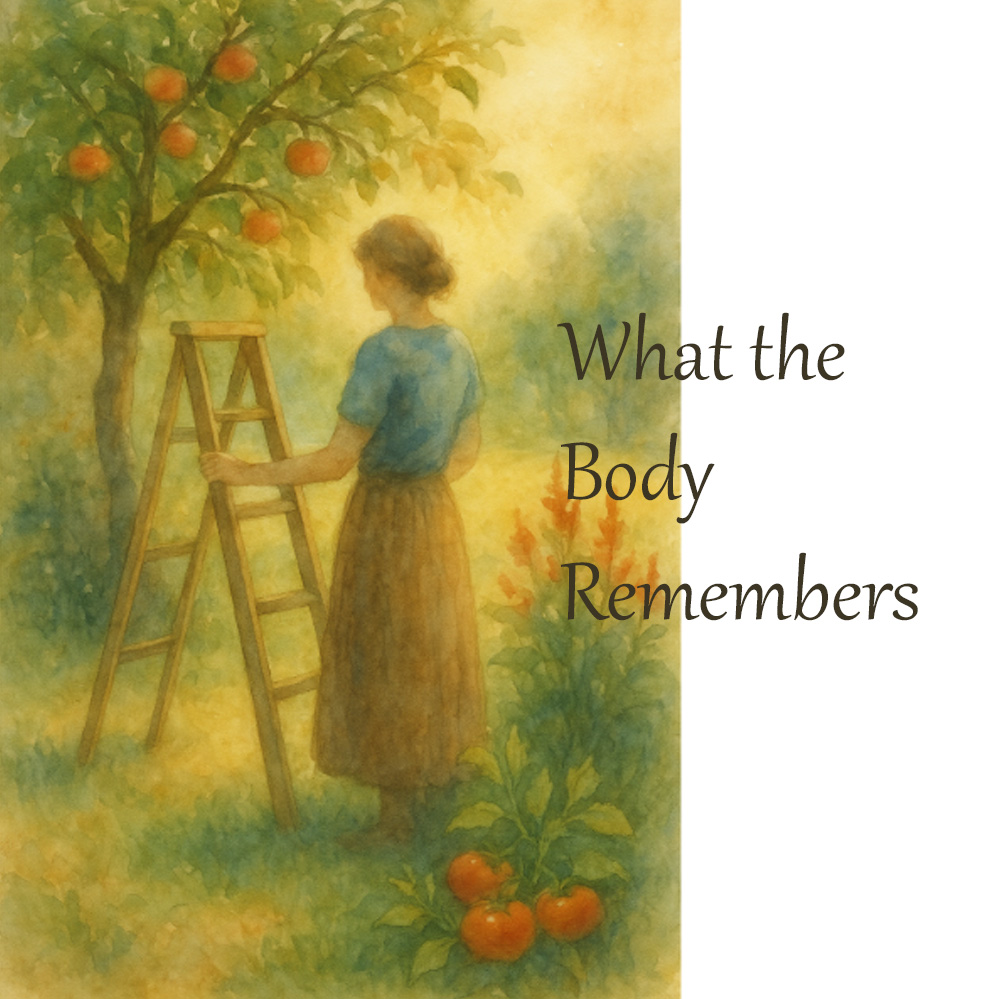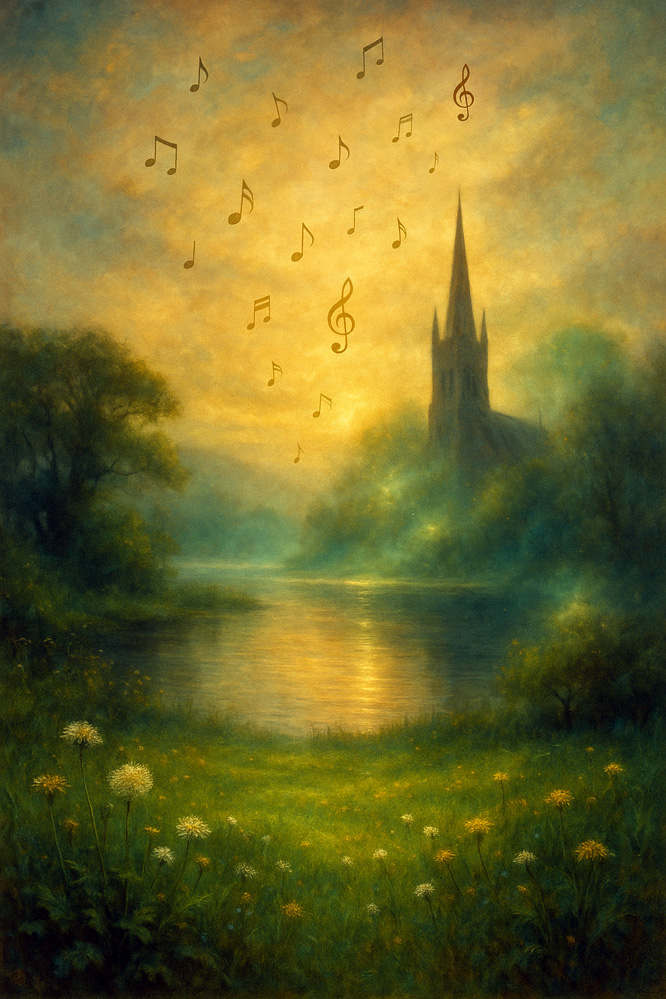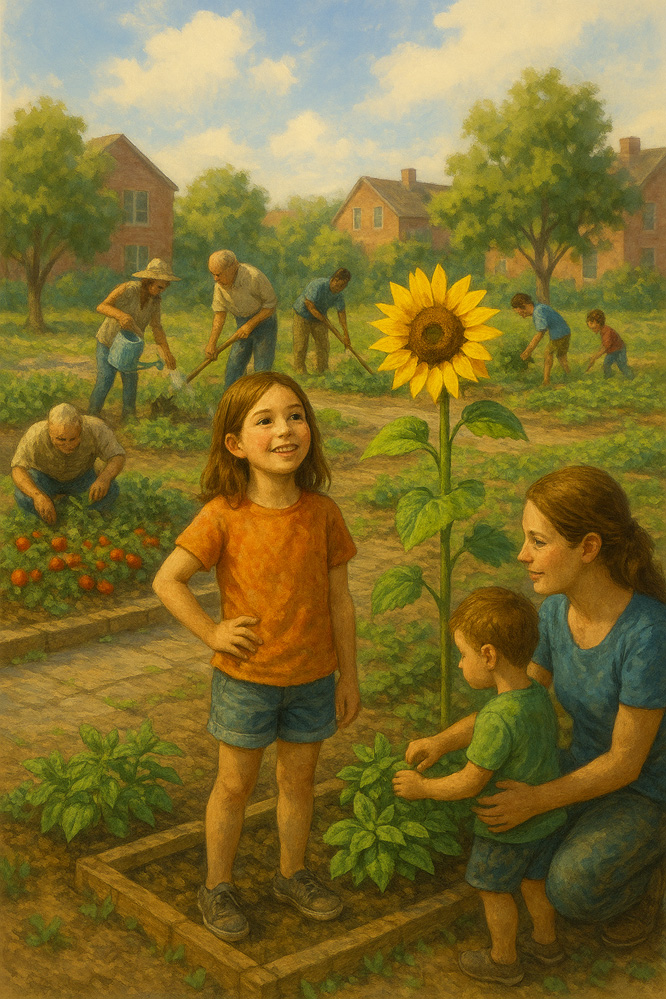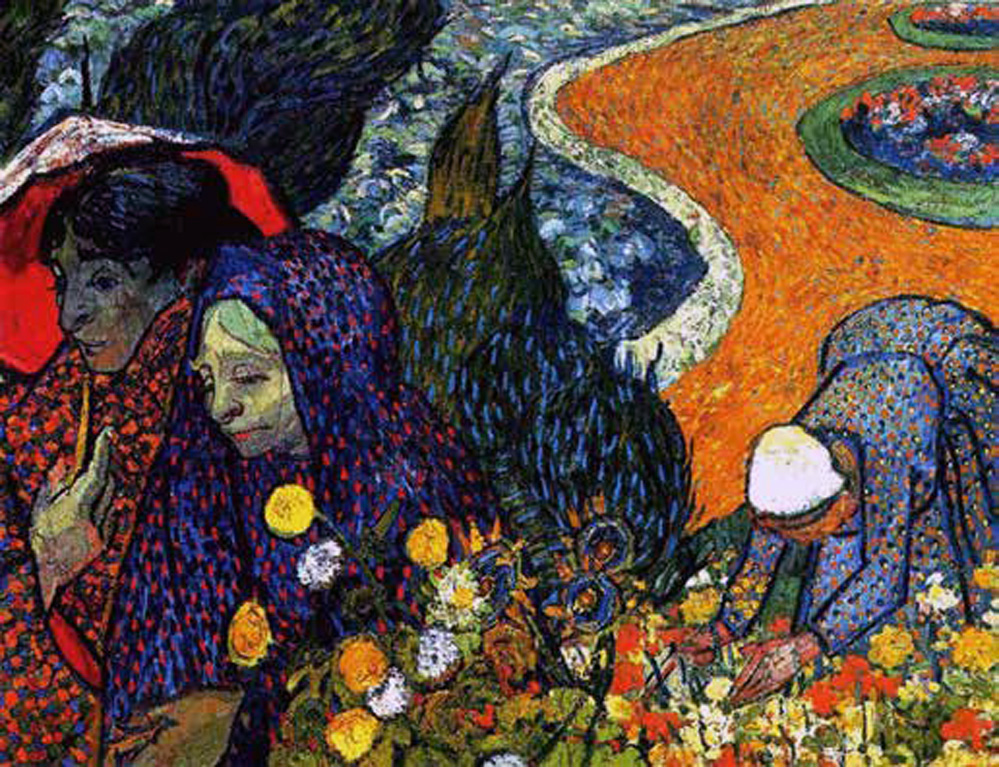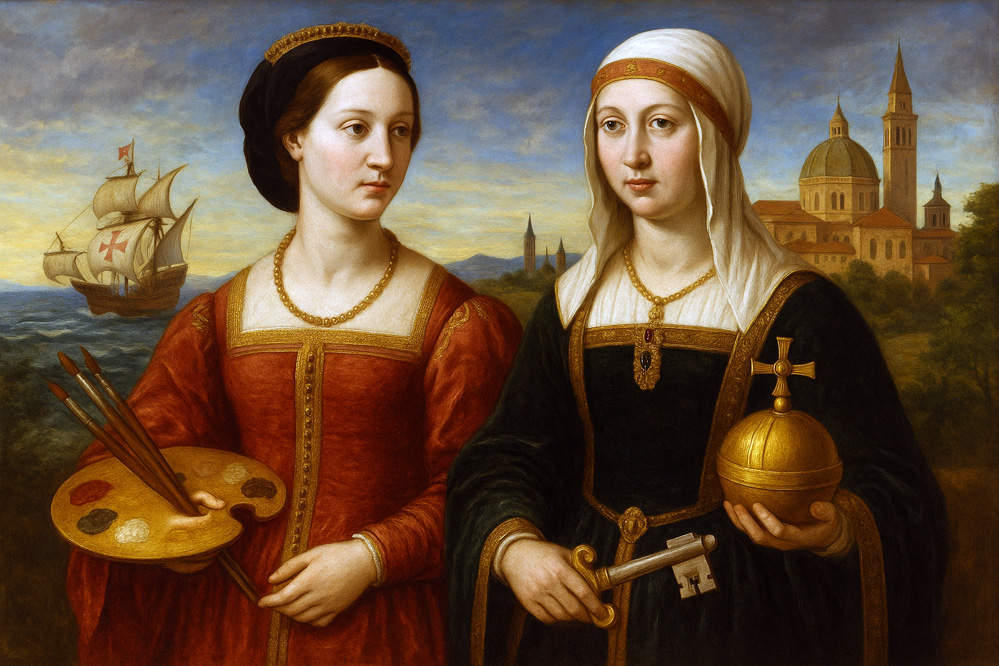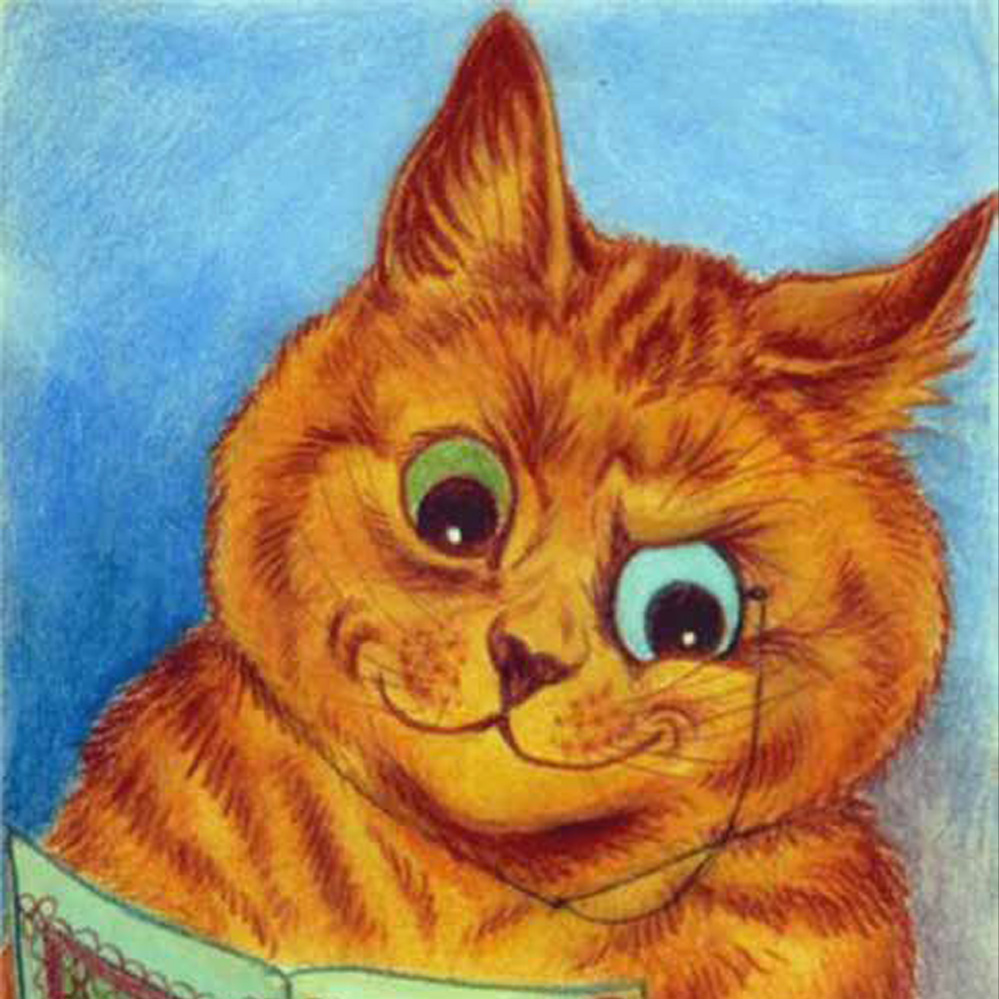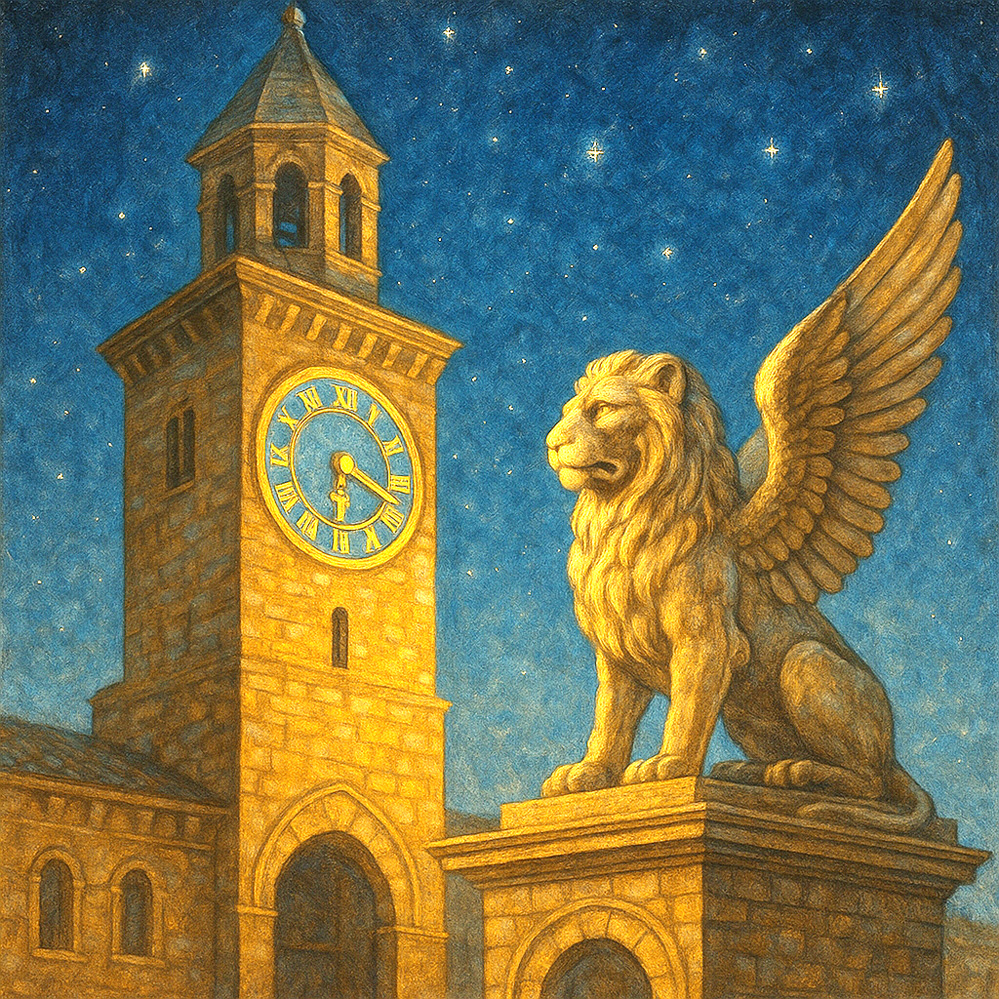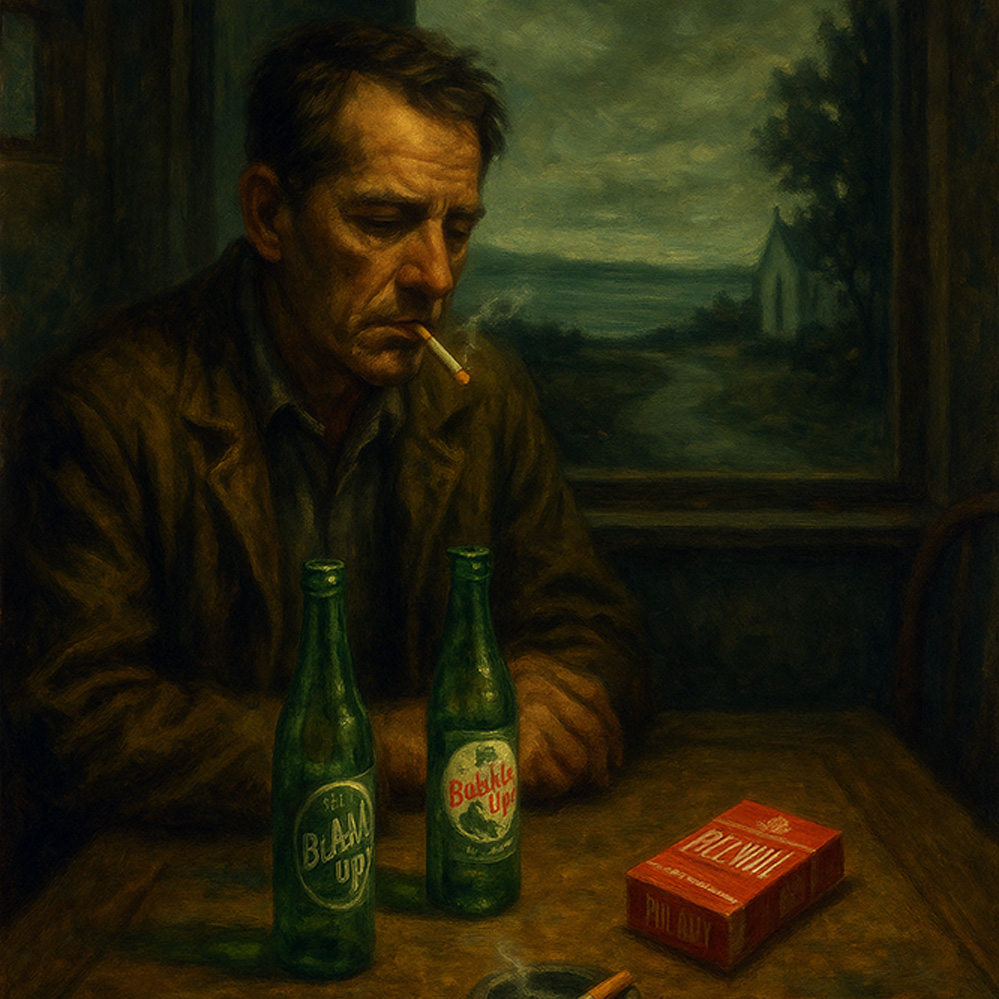A Gathering of Literature and Art
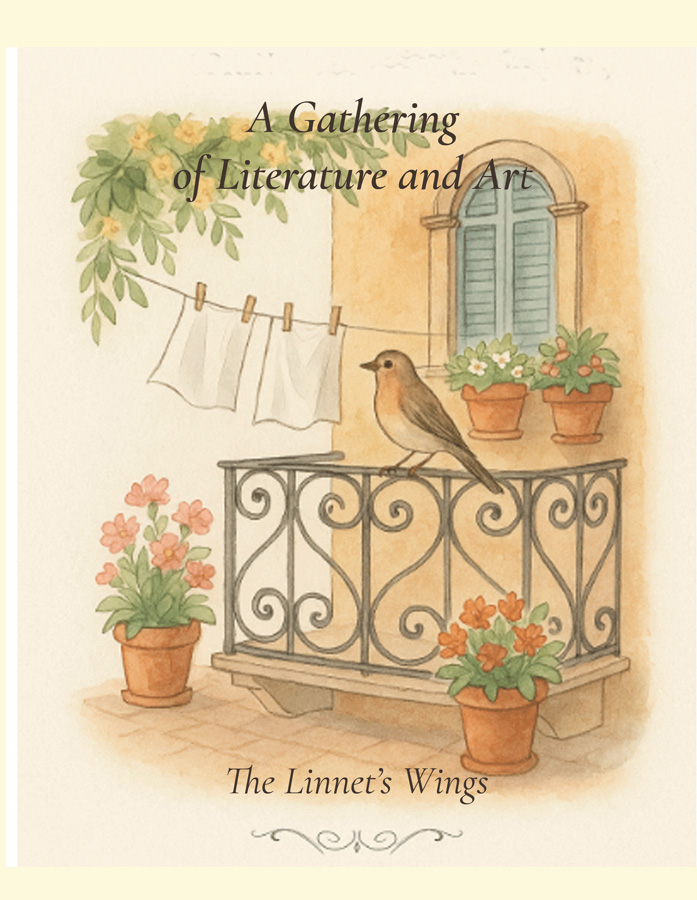
|
Amazon Shop Link
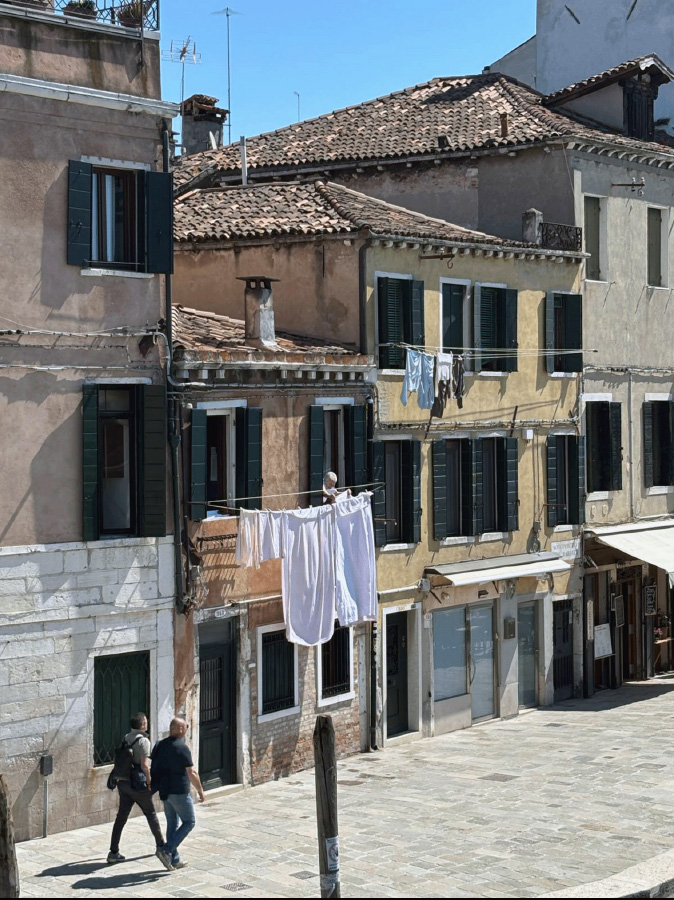
Frontispiece
Spring/Summer 2025 Archive
The Arc of the Moral Universe
Is long but it
Bends towards
Justice
Theodore Parker
Copyright Notice :
All rights reserved. No part of this publication may be reproduced, distributed, or transmitted in any form or by any means, including, photocopying, recording, or other electronic or mechanical methods, without the prior written permission of the publisher, except in the case of brief quotations embodied in critical reviews and certain other noncommercial uses permitted by copyright law.
For permission requests, mail the publisher at:
thelinnetswings@gmail.com
ISBN:
978-1-7392526-7-0
Original Art
Lisa Walters
Greet Tiiskens
Contributors to the Issue
Stephen Zelnick
Oonah V. Joslin
Ian Fisher
Lisa Walters
Mari Fitzpatrick
Greet Tijskens
Kathleen Cassen Mickelson
John P. Bourgeois
Prologue Continued
Spring/Summer 2025 Archive
What the Field Remembers
Prologue
There are memories that don’t belong to any one person. They move through us like breath and like breath they shape all they touch. Like the JFK assassination, the tsunami in Thailand, Princess Diana’s death, the Dublin and Monaghan Bombings, and other events of international and national significance, for once formed in such a shocking fashion they create a pattern and once mentioned in conversation the pattern recreates itself.
In this issue, we follow the spirals of tradition, the rhythms and the dreams that are not wholly our own. Each work here arrives not as invention, but as recognition. Yeats knew that the artist is both dreamer and awakener: one who listens for the music beneath the world’s noise, one who serves the eternal by shaping the transient. And he knew that to awaken from “the common dream" is not to abandon beauty, but to support it.
Our contributors this quarter listen for the murmuration beneath the surface. The echo of an old grief in a modern line, the arc of a bird mirrored in brushstroke, the ancient hush that falls when a new story is well told. They understand that when ritual is repeated with reverence, the whole of creation may join in the remembering. Here in this issue we gather more than pages. We gather resonance and memory as in- heritance--that was felt, embodied, and then passed through hand, voice, and vision.
-------------------------------------------------------------------------------------------------------------
Savonarola
